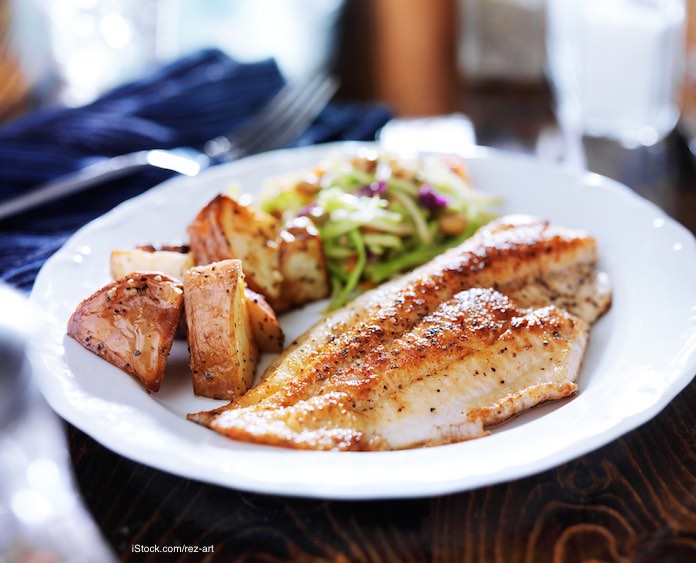People with diabetes fall into the high risk group for food poisoning. That means they are more likely to have a serious complication if they contract a foodborne illness. Diabetics must be extra careful about handling food safely and eating safe food, so the FDA has published a booklet on this topic.

A diabetic’s immune system may not work as well as others’. And their immune system may not easily recognize pathogenic bacteria, creating a deli in the body’s response to possible infection.
Diabetes can damage the cells that create stomach acid, as well as the nerves that help move food through the stomach and intestinal tract. That means the GI tract in a diabetic could hold onto food for a longer period of time, which gives pathogens time to grow. And a diabetic’s kidneys may not work properly and may hold onto toxins produce by bacteria.
The pathogens most of concern to diabetics include Campylobacter, found in raw milk and raw and undercooked meat, poultry, or shellfish; Clostridium perfringens, found in foods that are left too long at room temperature, Vibrio vulnificus, found in raw seafood. The three bacteria that can cause the most health issues are Listeria monocytogenes, found in luncheon meats, raw milk, smoked seafood, and some deli items; E. coli, found in ground beef and raw milk and juices; and Salmonella, fond in raw or undercooked eggs, poultry, and meat and raw milk.
People with diabetes must make sure they never eat undercooked ground meat, poultry, or seafood. Avoid raw milk and unpasteurized juices. Surprisingly, risky foods also include uncooked fruits and vegetables and deli foods. The risk of these foods may depend on the origin of the food and how it is processed, stored, and prepared. But any food can be contaminated with pathogenic bacteria at any time.
The booklet has information on selecting lower risk options when you shop or eat out. The riskiest foods include raw or undercooked meat or poultry, raw or undercooked fish or shellfish, raw milk, raw or undercooked eggs, raw sprouts, unwashed fresh vegetables, hot dogs and deli meats, soft cheeses made from unpasteurized milk, and pates or meat spreads.
When shopping, check “sell by” dates on food. Put raw meat, poultry, and seafood in plastic bags. Buy only pasteurized milk, soft cheeses, and juices. And get food home promptly after shopping.
Food should always be handled according to the four basic food safety steps: Clean, Separate, Cook, and Chill. Wash your hands well before preparing and eating, keep cutting boards and utensils clean, and wash produce. Do not wash meats. Keep raw meats, eggs, and seafood away from foods that are eaten raw and avoid cross-contamiantion when cooking. Always cook foods to safe recommended final internal temperatures. And chill foods promptly after eating; within 2 hours.
It’s also good to know the symptoms of food poisoning, especially for those with diabetes. These symptoms can appear within a few hours, such as Clostridium perfringens food poisoning, or not appear for two months, such as Listeria monocytogenes food poisoning. Symptoms usually include diarrhea, abdominal cramps, vomiting, and nausea. If you do get sick with these symptoms, see a doctor as soon as possible.




